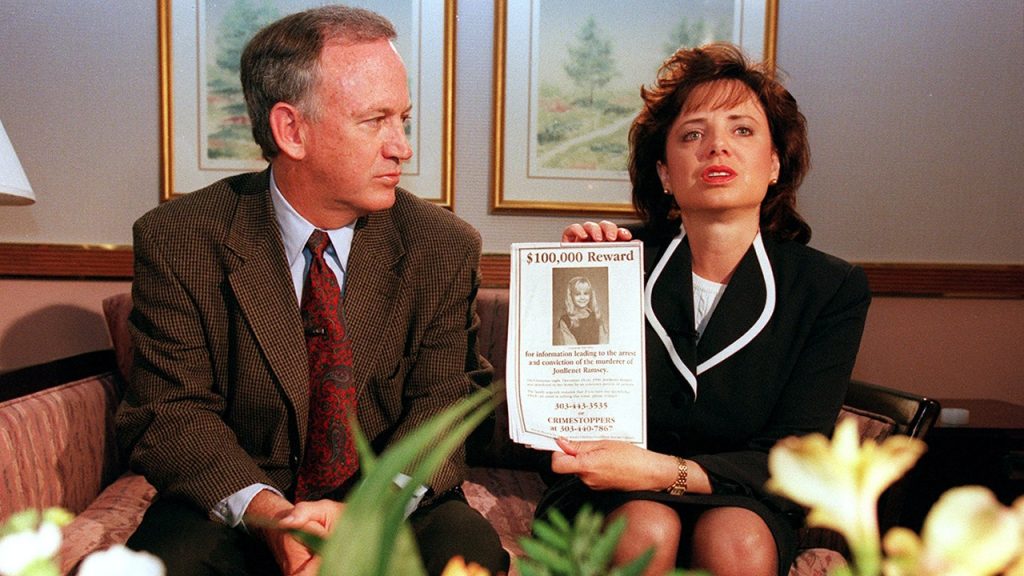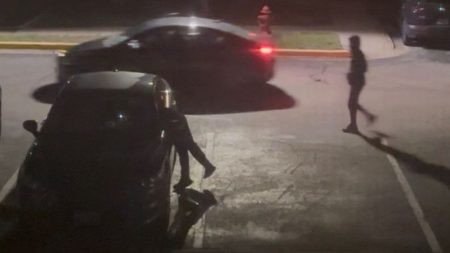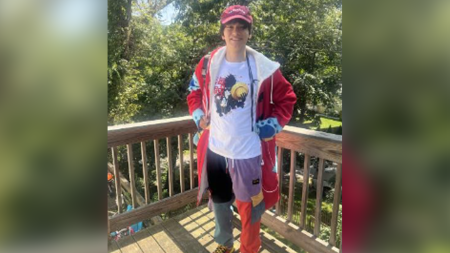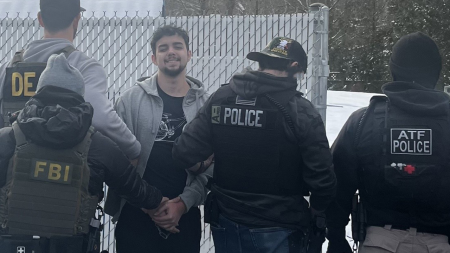The unsolved 1996 murder of six-year-old JonBenet Ramsey continues to captivate public attention, especially with the recent resurfacing of a never-before-aired interview featuring her parents, John and Patsy Ramsey, and the late Barbara Walters. Conducted in 2000 but never broadcast, the interview, brought to light by the Netflix documentary “Cold Case: Who Killed JonBenet Ramsey,” delves into the infamous ransom note demanding $118,000, a figure eerily close to John Ramsey’s bonus that year. While John acknowledged the peculiar coincidence and the possibility of its significance to the killer, both he and Patsy, who passed away in 2006, maintained their innocence. The interview offers a glimpse into the Ramseys’ perspective just four years after their daughter’s tragic death, a period marked by intense public scrutiny and suspicion.
The renewed interest in the case is fueled by John Ramsey’s persistent efforts to leverage advanced DNA technology to re-examine the crime scene evidence. His advocacy highlights a critical aspect of the investigation: the presence of unidentified male DNA discovered in 1997. Ramsey contends that this crucial piece of evidence was deliberately suppressed by the Boulder Police Department (BPD) due to its conflict with their initial suspicion of the Ramseys. He criticizes the BPD’s handling of the case, arguing that the early focus on the family hindered the pursuit of other potential leads. The existence of this untested DNA underscores the potential for new breakthroughs in the case, particularly with the advancements in forensic science over the past decades.
The list of untested evidence includes critical items like the garrote used to strangle JonBenet, the ransom note, a suitcase possibly used by the perpetrator to escape, a flashlight found in the kitchen, and an unknown rope discovered in Burke Ramsey’s room. These items represent potential sources of DNA or other forensic evidence that could shed light on the identity of the killer. John Ramsey’s plea to involve the FBI in the investigation stems from his belief that a fresh, unbiased look at the evidence, coupled with the FBI’s resources and expertise, is crucial for finally solving his daughter’s murder. He sees the FBI’s involvement as a necessary step to overcome what he perceives as the BPD’s flawed initial investigation and their reluctance to acknowledge the potential significance of the external DNA evidence.
The history of the case is marked by legal complexities and unproven accusations. In 1999, a grand jury indicted both John and Patsy Ramsey on charges of child abuse resulting in death, but the then-District Attorney Alex Hunter refused to sign the indictment, citing insufficient evidence. The charges were eventually dropped in 2006, further complicating the narrative and leaving a cloud of suspicion lingering over the family. Despite the lack of formal charges, the public perception of the Ramseys remained divided, with many still harboring doubts about their innocence. This unresolved legal aspect continues to be a significant factor in the ongoing public fascination with the case.
John Ramsey, now 80, has expressed cautious optimism about the new leadership at the BPD, hoping for a more collaborative approach to the investigation. He has directly appealed to Colorado Governor Polis to intervene and facilitate the transfer of evidence to the FBI. His urgency stems from the belief that time is running out, both for him and for the potential to extract viable DNA from the aging evidence. Despite the passage of nearly three decades, Ramsey remains determined to find justice for his daughter and to clear his family’s name. His ongoing efforts reflect a father’s unwavering commitment to uncovering the truth, regardless of the obstacles.
The JonBenet Ramsey case stands as a stark reminder of the complexities and enduring challenges of unsolved crimes. The combination of the unreleased interview, the untested DNA evidence, and John Ramsey’s continued advocacy has reignited public interest and spurred renewed calls for a thorough and unbiased investigation. The case remains a tragic testament to the enduring power of unanswered questions and the relentless pursuit of justice, even after decades of uncertainty. The hope remains that advancements in DNA technology and a renewed investigative focus will finally bring closure to this enduring mystery and provide answers to the questions that have haunted the public and the Ramsey family for so long.










